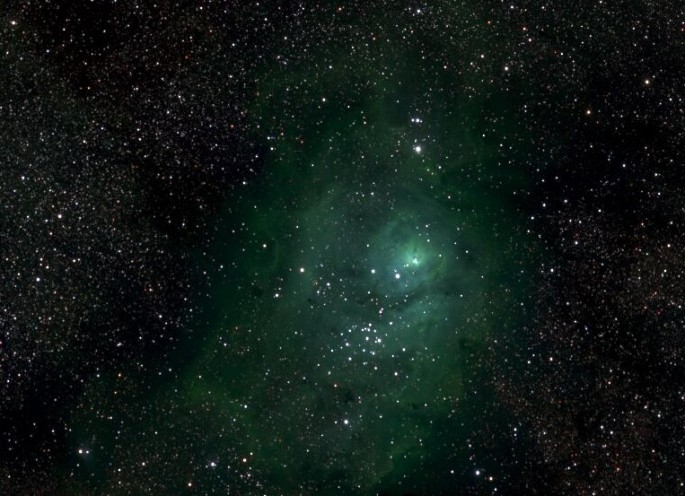Astronomers have generated the largest known image of the Milky Way galaxy ever, comprising of 46 billion pixels, with a file size of 194 gigs.
The colossal photograph features an expanse of stars in deep space, that was finally completed after five years of consolidating data from astronomical research.
The German astronomers of the Ruhr University Bochum were led by Rolf Chini, where they have been monitoring the Milky Way galaxy in search for cosmic bodies with varying brightness. This means that these could be potential exoplanets passing by their host star also known as transiting, where the planets block the light from their host star, resulting in varying brightness.
Researchers compiled photos and images of cosmic objects that possess medium brightness which is also part of the project to capture nightly views of the southern sky, by a group from the Chair of Astrophysics.
The team also used telescopes from their observatory located in the Atacama Desert in Chile where they detected more than 50,000 new variable cosmic materials and recorded them accordingly.
The study was also divided into 268 sections due to this massive undertaking where they captured an image for each region within an interval of two days. Researchers also compared the images to determine the variable brightness of each other.
When the images were compiled and completed, each individual photo section were assembled to build one intensive, massive image, spanning the whole skies. Using different filters, the images were converted into a single file which was so huge that the digital size was computed for two weeks.
The team also featured an online tool for users to view and navigate the entirety of the Milky Way so that anyone interested can view the complete ribbon of our galaxy, at a glance and especially zoom in on specific regions.
This new study is published in the journal, Astronomical Notes.



























